Early Tamil Silent Film Comparison
Explore Early Tamil Cinema
Compare key details of Tamil silent films produced between 1916 and 1919
Kalidas
First Tamil-language feature film
Runtime: ~20 minutes
Plot: Based on the legendary poet Kalidasa
Seethalakshmi
Second Tamil silent film
Runtime: ~20 minutes
Plot: Based on the Ramayana
Draupadi
Based on the Mahabharata
Runtime: ~20 minutes
Plot: Based on Draupadi's story
Raja Harishchandra (Tamil version)
Tamil adaptation of Phalke's film
Runtime: ~20 minutes
Plot: Adaptation of Raja Harishchandra
Ever wondered which film kicked off Tamil cinema? The answer takes you back to a silent black‑and‑white reel shot over a century ago. Below you’ll discover the story of the very first Tamil movie, its creators, why it matters today, and how you can still glimpse its legacy.
Kalidas (1916): The Film that Started Tamil Cinema
Kalidas is a silent feature film produced in 1916 that is widely recognized as the first Tamil‑language movie. The production was handled by the Madras Film Company and directed by A. Narayanan, a pioneering filmmaker who wanted to bring Tamil stories to the silver screen.
Why 1916 Matters: The Historical Backdrop
Indian cinema began in 1913 with Dadasaheb Phalke’s Raja Harishchandra. Within three years, the South Indian town of Madras (now Chennai) saw the rise of its own film movement. British colonial rule meant limited resources, but it also opened ports for imported equipment, allowing early visionaries to experiment with celluloid.
Who Made Kalidas? The People Behind the Project
- A. Narayanan - Director and producer, previously a theatre manager who convinced investors that a Tamil story could draw crowds.
- R. Natarajan - Cinematographer, trained in Bombay, handled the camera work with a hand‑cranked Bell & Howell model.
- Madras Film Company - The first indigenous production house in South India, set up in 1915 to support regional storytelling.
These pioneers pooled money from local businessmen, theatre owners, and even a few wealthy patrons of the Tamil literary community.
Plot Synopsis: What Was Kalidas About?
Kalidas retells the classic legend of the ancient poet‑king Kalidasa, focusing on his transformation from a humble shepherd to a celebrated scholar. The film uses intertitles in Tamil to explain key dialogue, while the visuals depict lush forest settings, regal courts, and dramatic confrontations. Though the original script has not survived, contemporary newspaper reviews describe a climactic scene where Kalidas receives a royal endorsement after composing a lyrical ode.
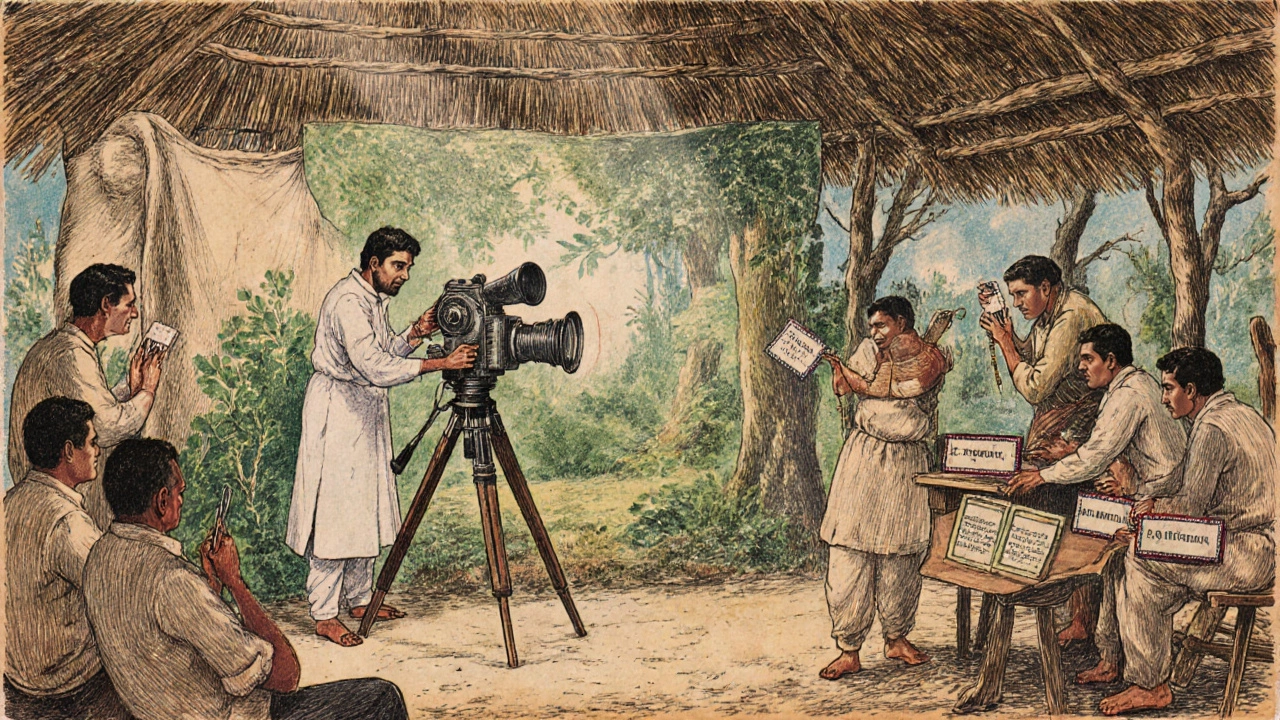
Release, Reception & Immediate Impact
When Kalidas premiered at the Victoria Public Hall in Chennai, audiences were thrilled to see familiar language and folklore on screen. Reports from the Madras Mail (October 1916) noted packed houses and a standing ovation for the final scene. The success proved that Tamil stories could compete with the popular Hindi and English imports of the era.
Technical Details: Making a Silent Film in 1916
- Film stock - 35 mm nitrate, imported from the United Kingdom.
- Runtime - Approx. 2,200 feet, translating to about 20 minutes of screen time (standard for feature length then).
- Cameras - Hand‑cranked Bell & Howell, requiring the cameraman to maintain a steady 16 fps.
- Intertitles - Hand‑written Tamil script, painted onto title cards and filmed separately.
- Music - Live tabla and violin accompaniment during screenings, given the absence of a recorded soundtrack.
These constraints forced the crew to be inventive; for example, they used natural sunlight filtered through a studio roof to achieve even lighting.
Preservation Status: Why the Film Is Lost
Sadly, the original nitrate reels of Kalidas deteriorated over time. By the 1940s, the Madras Film Company had dissolved, and most of its archives were discarded. A few still photographs and a handful of intertitle fragments survive in the National Film Archive of India, but the moving picture itself is considered lost.
Legacy: How Kalidas Shaped Tamil Cinema
Even without a surviving print, Kalidas left an indelible mark:
- It inspired a wave of silent Tamil productions, including Seethalakshmi (1917) and Draupadi (1918).
- The film proved commercial viability, leading investors to fund the first Tamil talkie, Kalidas (1931 - not to be confused with the 1916 silent version).
- Many crew members later became mentors for the next generation of directors, such as K. Subramanyam and S. S. Vasan.
In modern retrospectives, film scholars cite Kalidas as the catalyst for a uniquely Tamil storytelling tradition that blends literature, music, and visual art.
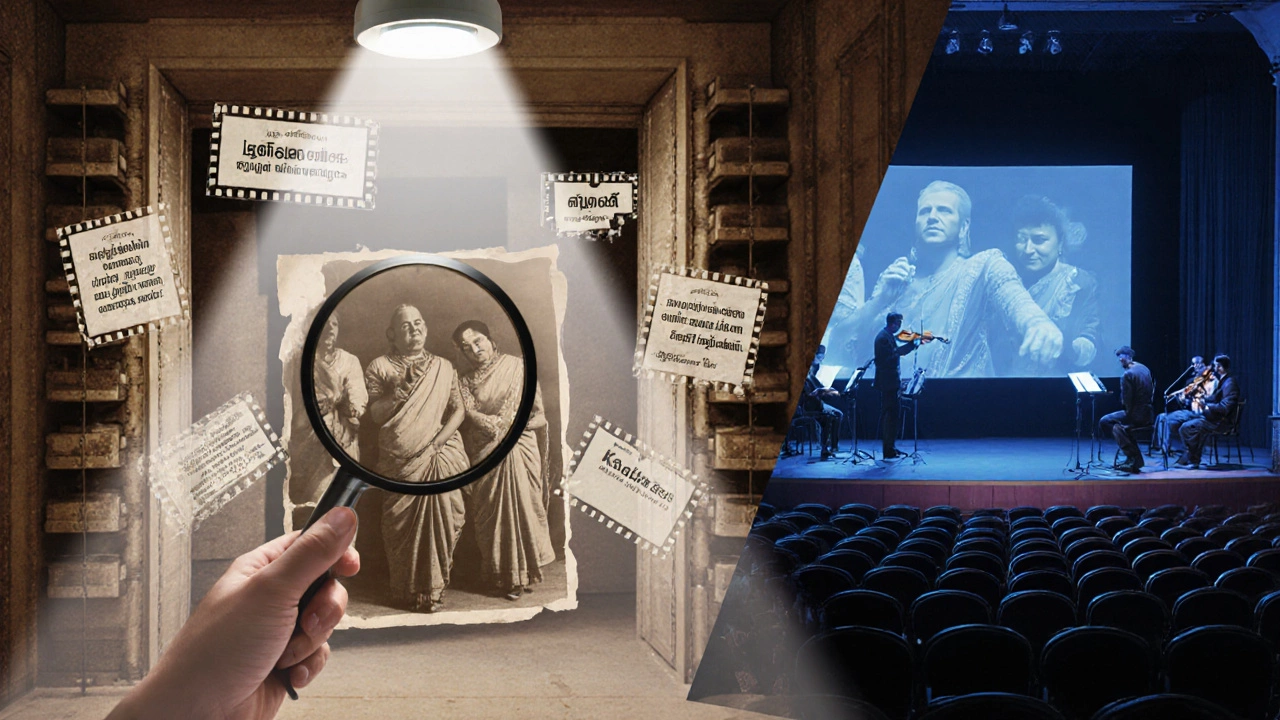
Early Tamil Silent Films - A Quick Comparison
| Year | Title | Production House | Key Personnel | Survival Status |
|---|---|---|---|---|
| 1916 | Kalidas | Madras Film Company | A. Narayanan (Director) | Lost - fragments only |
| 1917 | Seethalakshmi | Southern Studios | R. Natarajan (Cinematographer) | Partial prints survive |
| 1918 | Draupadi | Madras Motion Pictures | S. Govindarajan (Director) | Lost |
| 1919 | Raja Harishchandra (Tamil version) | Royal Pictures | K. Kuppuswamy (Producer) | Lost |
How to Explore This Era Today
If you want to dive deeper into Tamil cinema’s roots, here are practical steps:
- Visit the National Film Archive of India’s digital portal - they host high‑resolution scans of surviving intertitles and promotional stills.
- Watch documentary series like Forgotten Frames: South Indian Silent Cinema (released 2023 on public broadcasters).
- Read scholarly works such as Silent Voices: Early Tamil Film History by Dr. Meena Kandasamy, which compiles newspaper clippings and oral histories.
- Attend heritage film festivals in Chennai that sometimes reconstruct silent films with live musical accompaniment.
While you can’t view the original first Tamil movie in its entirety, these resources let you experience the era’s artistic spirit.
Common Misconceptions About Tamil Film History
- Myth: The first Tamil talkie was the inaugural Tamil film.
Fact: Silent films like Kalidas pre‑date the 1931 talkie Kalidas by 15 years. - Myth: All early Tamil movies were mythological.
Fact: While mythology was popular, Kalidas focused on a poet‑king, showing early filmmakers’ willingness to explore diverse narratives. - Myth: No records exist from that time.
Fact: Newspaper reviews, production ledgers, and a handful of photographs survive, offering valuable insights.
Quick Reference Checklist for Film History Buffs
- Year of release: 1916
- Production house: Madras Film Company
- Director: A. Narayanan
- Genre: Historical/biographical drama
- Current status: Lost film (only fragments remain)
Was Kalidas really the first Tamil movie?
Yes. Released in 1916, Kalidas is widely documented as the first feature‑length film made in the Tamil language. Earlier efforts were short reels or non‑Tamil productions shot in the region.
Who directed Kalidas?
The film was directed and produced by A. Narayanan, a theatre manager turned filmmaker who wanted to bring Tamil stories to the screen.
Are any copies of Kalidas still available?
No full copy survives. Only a few intertitle frames and production photographs are preserved in the National Film Archive of India.
What was the runtime of the film?
Kalidas ran for about 2,200 feet of 35 mm film, roughly 20 minutes at the silent‑era projection speed of 16 frames per second.
How did audiences experience sound?
Since it was a silent picture, theatres hired musicians-typically a violinist and tabla player-to provide live accompaniment that matched the on‑screen action.
What impact did Kalidas have on later Tamil films?
Its commercial success convinced investors that Tamil stories could draw crowds, leading to a surge of silent productions between 1916‑1925 and eventually to the first Tamil talkie in 1931.
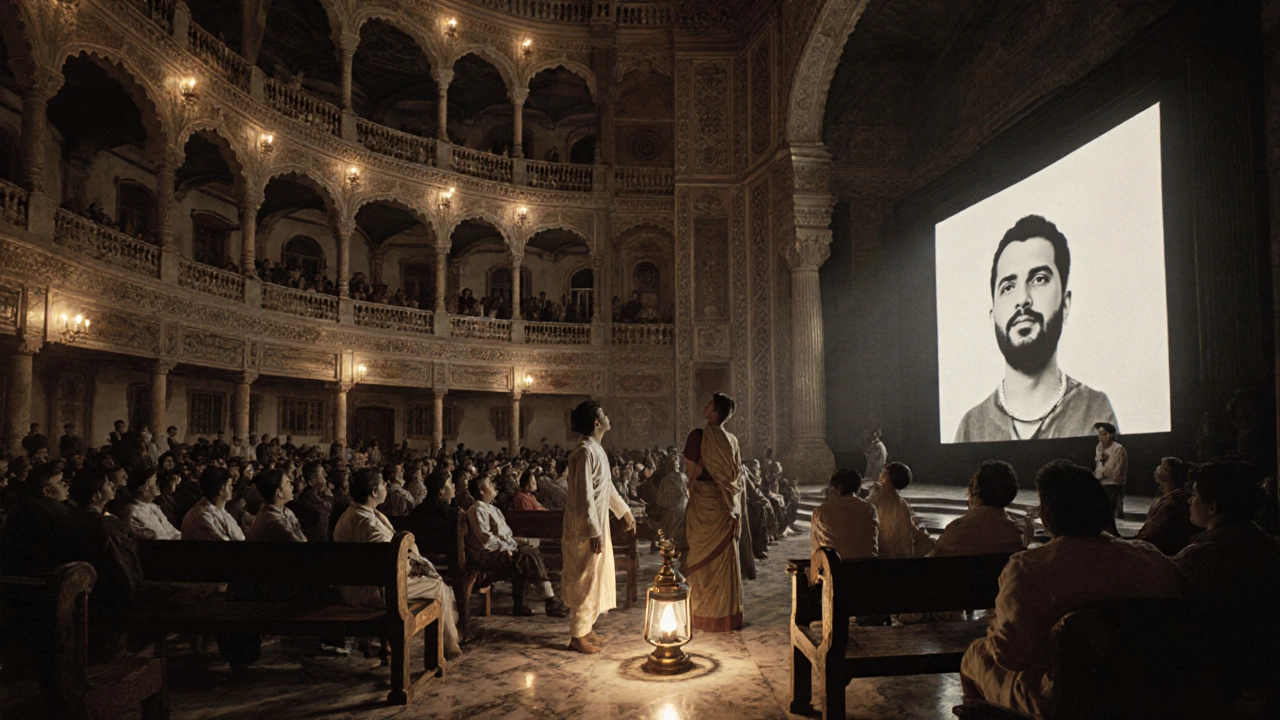

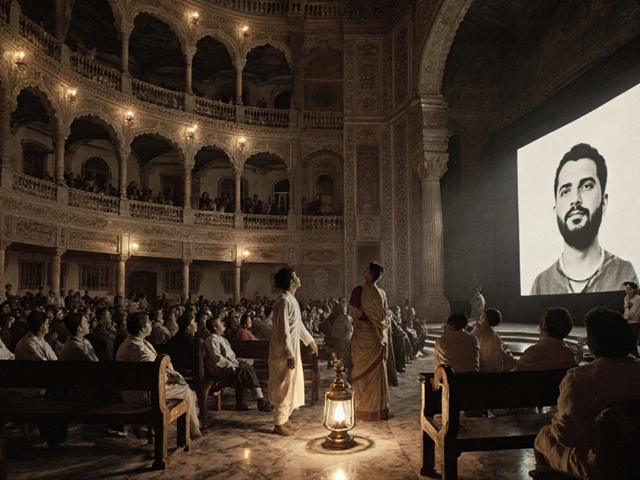
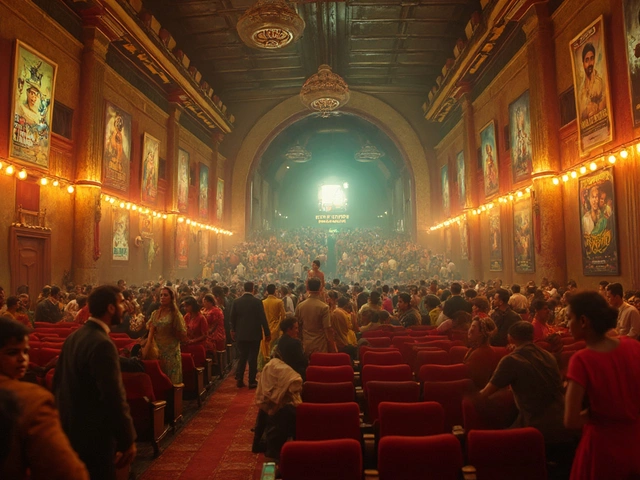


Post A Comment